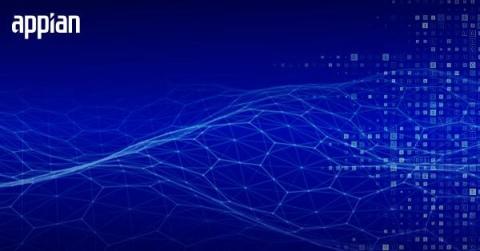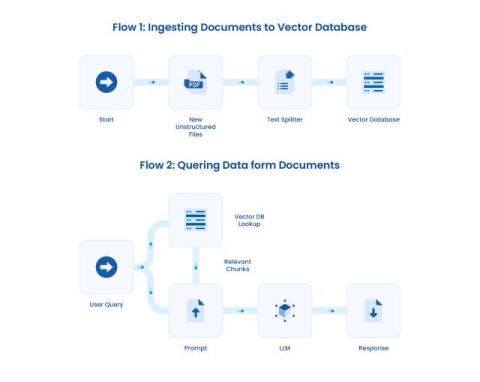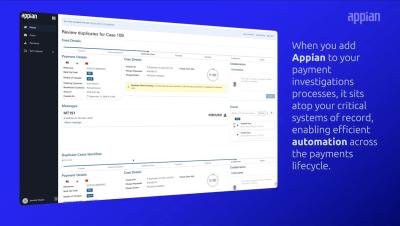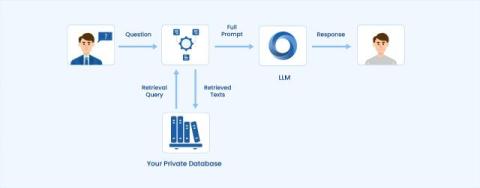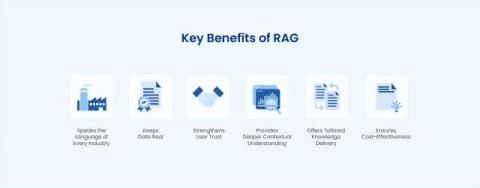Modernizing Government ERP: How to Stay Agile and Cut Costs Without a Full Overhaul
ERP systems are critical in government agency operations for integrating internal and external management information. They are intended to optimize processes, improve collaboration, and connect with customers, vendors, and partners. Government ERP systems typically include modules related to financial management, human resources, sales, procurement, inventory, and operations like contract and project management.


